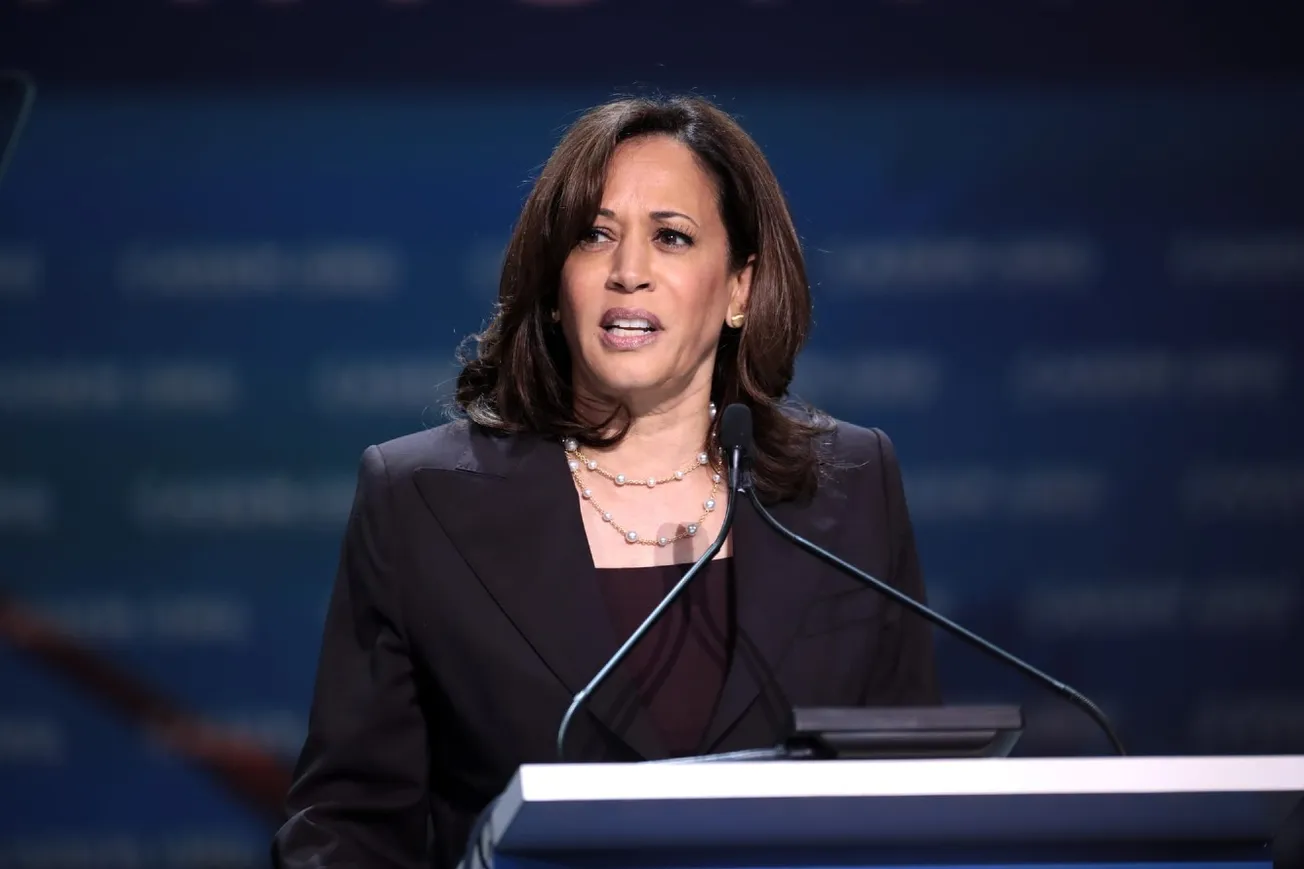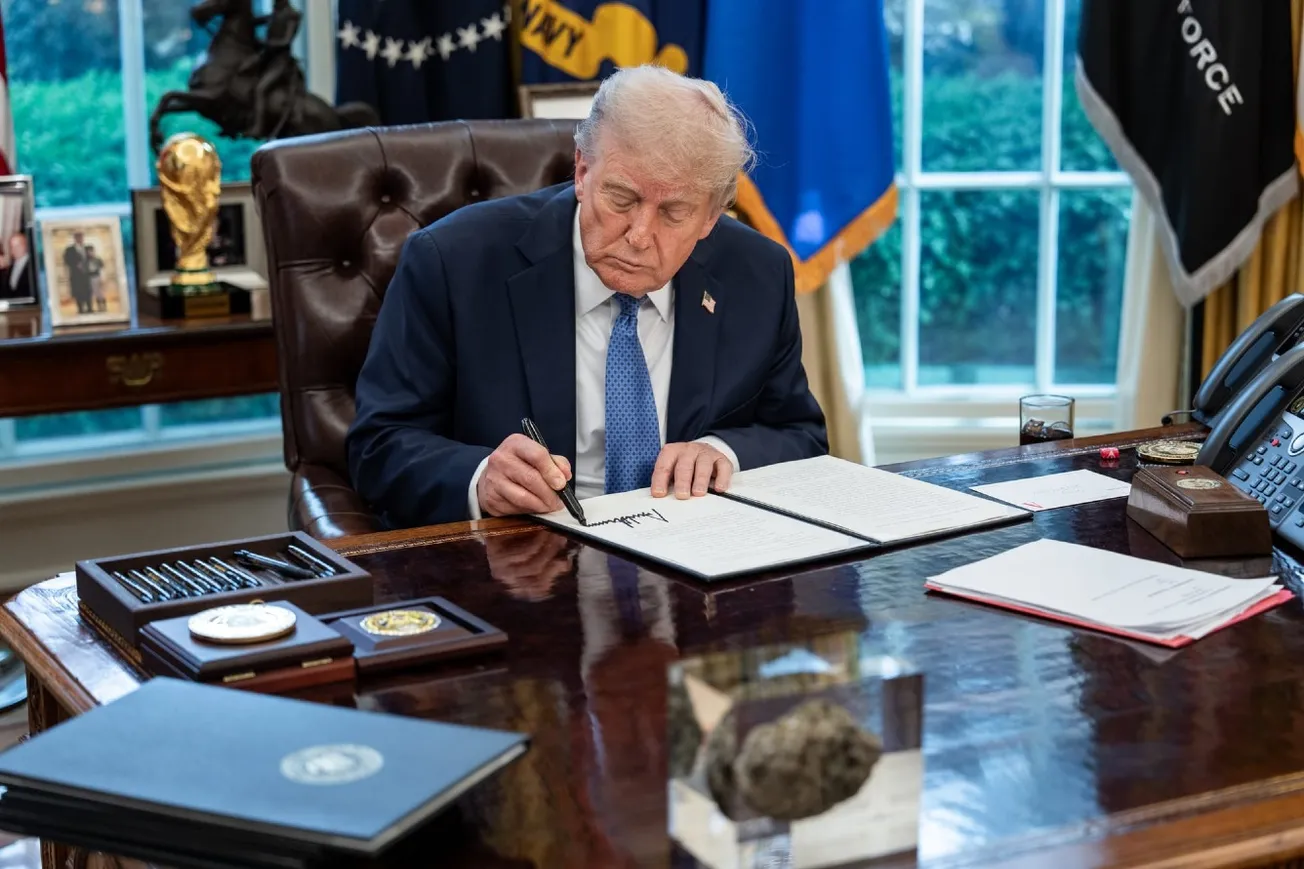By Simon Hankinson, The Daily Signal | November 01, 2024
This is the last BorderLine column before the election. I am often asked what would change on border and immigration policy under a Kamala Harris or a Donald Trump administration. To give you an idea, I looked at what the candidates and parties actually said.
The Republican Party platform of 2024, written after Trump was the party’s nominee and with his obvious input, stresses “the interests of American workers … over the claims of foreign nationals seeking the same jobs.”
In its one-page Chapter 2 (of 10), the platform says the priority should be to “secure our borders and all ports of entry and to enforce our immigration laws.” For those who break those laws, it continues, “we oppose any form of amnesty.”
Republicans believe the U.S. has been and remains “a haven of refuge” but want to limit asylum to “cases of political, ethnic, or religious persecution.” The platform warns that “refugees who cannot be carefully vetted cannot be admitted to the country.”
In a second term, Trump likely would pursue the same strategy as in his first term, albeit with improved tactics, given some hard lessons learned in the first term. He speaks often at rallies and interviews of the consequences to American families and communities of mass illegal migration, including higher crime and overwhelmed public services. Regaining control of our border—of who comes in and how—and resuming law enforcement and deportations are his stated priorities.
Trump is often criticized by Harris for opposing a supposedly bipartisan Senate border bill earlier this year. Most Republicans rejected the bill because it would have locked into law controversial Biden administration mass parole programs then allow up to 1.8 million inadmissible aliens to be released into the country each year while they await their immigration hearings, which could be years down the road. (A tougher Secure the Border Act of 2023 passed the House in May 2023 but was not taken up by the Senate.)
Here is Trump’s probable agenda for border action, in three key points:
- Reinstate the Migrant Protection Protocols (also known as “Remain in Mexico”) and Safe Third Country agreements. These protocols require emmigrants who are seeking asylum to apply in the first safe country they reach after leaving their home country—not continue on to their preferred country, the U.S. He would also stop mass-releasing aliens caught entering the U.S. illegally at the border.
- Resume and ramp up enforcement of immigration laws in the interior of the country. Trump has spoken of the “largest deportation program in American history.” Indeed, given the scale of illegal entry over the past four years, a return to prioritizing using agents for law enforcement over paroling and processing aliens into the country would require significant effort.
- Prioritize “merit-based immigration,” meaning that the U.S. should select legal immigrants based on factors like youth, job skills, and education and what they can contribute to the United States rather than merely family relationships.
The Democratic Party platform states, “We must secure our border and fix a broken immigration system,” but credits President Joe Biden’s executive actions that “created innovative legal pathways that … have decreased illegal border crossings.” This is a reference, among other things, to Biden’s parole programs that allow specific countries and classes of aliens to arrive illegally at U.S. borders and airports, where they are then paroled in by Customs and Border Protection.
The party platform states Democrats want to “reform the asylum system” by making the process quicker, adding a “strengthened initial screening” and supplying lawyers (presumably at taxpayer expense) to illegal aliens fighting removal. It also proposes to “expand legal immigration” and supports a “pathway [to legalization] for long-term undocumented individuals.”
As for Harris, she has slowly clarified her stance on the border during her campaign. It is difficult to distinguish her positions materially from the Biden administration policies of the past four years.
Harris touches briefly on borders and immigration on her website. She proposes reforming the “broken immigration system.” To do this, Harris has said she’d pass the Senate “border security bill Donald Trump killed” if she were president (see above). That bill is highly unlikely to be revived in future absent a Democratic majority in the Senate.
The Harris website advocates “an earned pathway to citizenship.” On Oct. 29, speaking at a Washington, D.C., campaign rally, Harris confirmed that “comprehensive immigration reform” includes a “path for people to gain citizenship because they have earned it.” This means she supports legalizing some, or all, of the aliens here illegally—in other words, an amnesty for those who enter the United States illegally and continue to stay here unlawfully.
In the Washington speech, Harris said, “When I am president, we will … give Border Patrol the support that they so desperately need.” She wants “more resources at the border,” by which, she was referring to “detection technology to intercept” the flow of fentanyl and “1,500 border security agents,” both of which were proposed in the Senate bill. The wording on her website does not specify that the 1,500 new hires would be Border Patrol agents. Based on what we’ve seen in the past four years, any additional staff authorized for the border would chiefly be used to process aliens into the United States quicker.
The next day, at an informal press gaggle before boarding her plane, Harris was asked about her commitment in the Washington speech to “quickly remove those who arrive here unlawfully.”
She avoided a direct answer, instead pivoting back to sending more agents to the border and signing the defunct Senate bill. Notably, when a senator, Harris generally opposed border and interior enforcement and advocated that we “critically reexamine” Immigration and Customs Enforcement and “think about starting from scratch.”
When running for president in 2019, she proposed “a moratorium on the construction and expansion of immigration detention centers” and “a top-to-bottom review of ICE and implement[ing] structural reforms of the agency.”
Unless her views have changed radically since, Harris is unlikely to increase the agency’s mandate or resources for interior enforcement of immigration laws.
Here is Harris’ probable agenda for border action, in three key points:
- At the border—Current “lawful pathways,” including mass parole and mass release into the country, would remain the policy at and between ports of entry, presenting marginal impediments to illegal entry. Alternate methods like the Welcome Corps of bringing in additional migrants—whether they qualify as refugees or not—would likely be ramped up.
- Limited interior enforcement—Once aliens enter and claim asylum, Harris (and current administration talking points) both say that “those who are determined not to have a legal basis to remain should be quickly removed.” But evidence from the past four years suggests that few aliens, once allowed to enter, would be deported.
- Amnesty—Passing a law to legalize some or all illegal aliens is her clear policy goal. If that is not possible, a Harris administration would fall back on deferred or non-prosecution. Either way, most foreign nationals living here illegally would be permitted to remain. An amnesty bill could contain some procedural requirements, such as proving payment of taxes or proving no criminal record, but a lack of these would not mean automatic deportation.
These are my educated guesses as to what border and immigration policy would look like under either a Trump or Harris administration, but nothing is certain. Whatever happens on Election Day, the BorderLine will continue to advocate for an immigration policy that serves U.S. national interests while respecting both our national sovereignty and rule of law.
Simon Hankinson is a senior research fellow in the Border Security and Immigration Center at The Heritage Foundation.
Original article link









